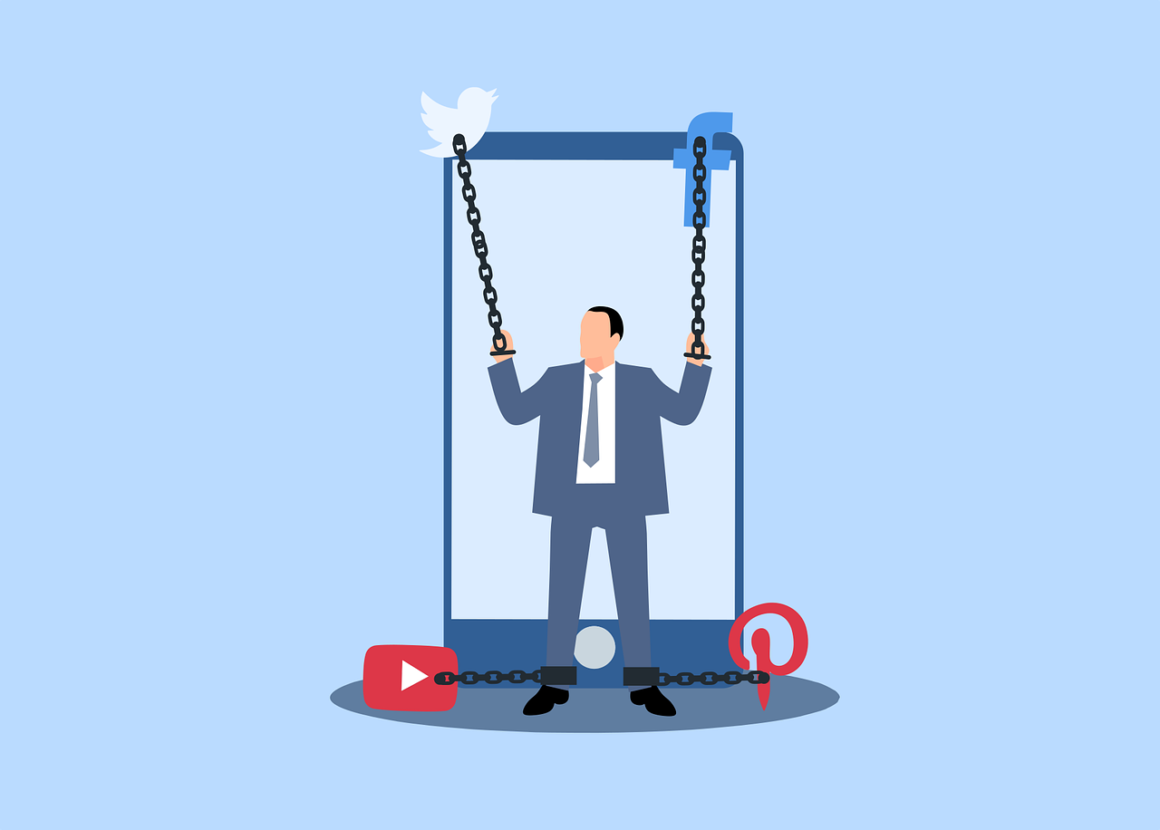Cheema’s horrible death brings to light the fact that in-school harassment is a very serious situation. That it should not be tossed aside as “kids just being kids.” We have to come to the realization that if a child is being put down at school by his/her peers, that something isn’t right. As seen in the case of Cheema, it can end up with someone dying.
And Cheema’s case isn’t the only one where someone’s death has been linked to harassment.
Bullycide refers to suicide that is the cause of bullying by peers. Statistics show that victims of bullying are more likely to commit suicide than those who are not, and that half of teen suicides in Britain are connected to some kind of bullying.
With such deadly results, we cannot excuse school bullying as a harmless activity. We need to pay more attention and we should try to do something about it. And we shouldn’t be so quick to dismiss people’s feelings either. We can’t always just complain about how people are offended by everything; rather, we should take the time to think why something could possibly be offensive to some and what are the implications of it.
But what exactly is bullying and harassment? The official definition of bullying, as stated by stopbullying.gov, is “unwanted, aggressive behavior among school-aged children that involves a real or perceived power imbalance.” And of course, such behavior could include physical, emotional and verbal harassment, and could target just about anything from a person’s appearance to their race or ethnicity. It can come from anyone, including people that are considered to be “friends”.
We must also realize that there is much more to bullying than we could think. It is not just the popular person picking on the “dork”, as can be seen in movies and shows. It almost always stems from insecurity on the bully’s part and lack of self-esteem. After all, confidence inspires people to do good and be kind to others rather than the opposite. Other factors could also be reasons why people bully including: stored anger, an unhappy home environment, jealousy, or a person’s life just not working out they way they want it to.
And with the rise of the Internet (not that the Internet is a bad thing), cyberbullying has also become a thing, another way for people to lash out. Offensive posts, derogatory comments, and even hate sites are all possible examples of cyberbullying. And of course, activity on the web have been connected to suicide. This should be alarming to us, not in that we should keep away students away from the Internet, but that we should pay more attention to bullying as a whole. We should discuss it more and perhaps even have classes on it, to teach people how to have good character. (I myself went to a middle school that had a character education class.)
We have to let it be clear that bullying and harassment is not okay and hurts both parties, the bully and the victim. Whether that means tougher laws on cyberbullying, informative classes, or incorporating it into everyday school curriculum, we have to start taking steps to combat it as best we can. Of course, we can’t stop bullying. It’s still going to happen. But even if we can save one life, even if we can have one more kid feel safe at school, we have done something.




